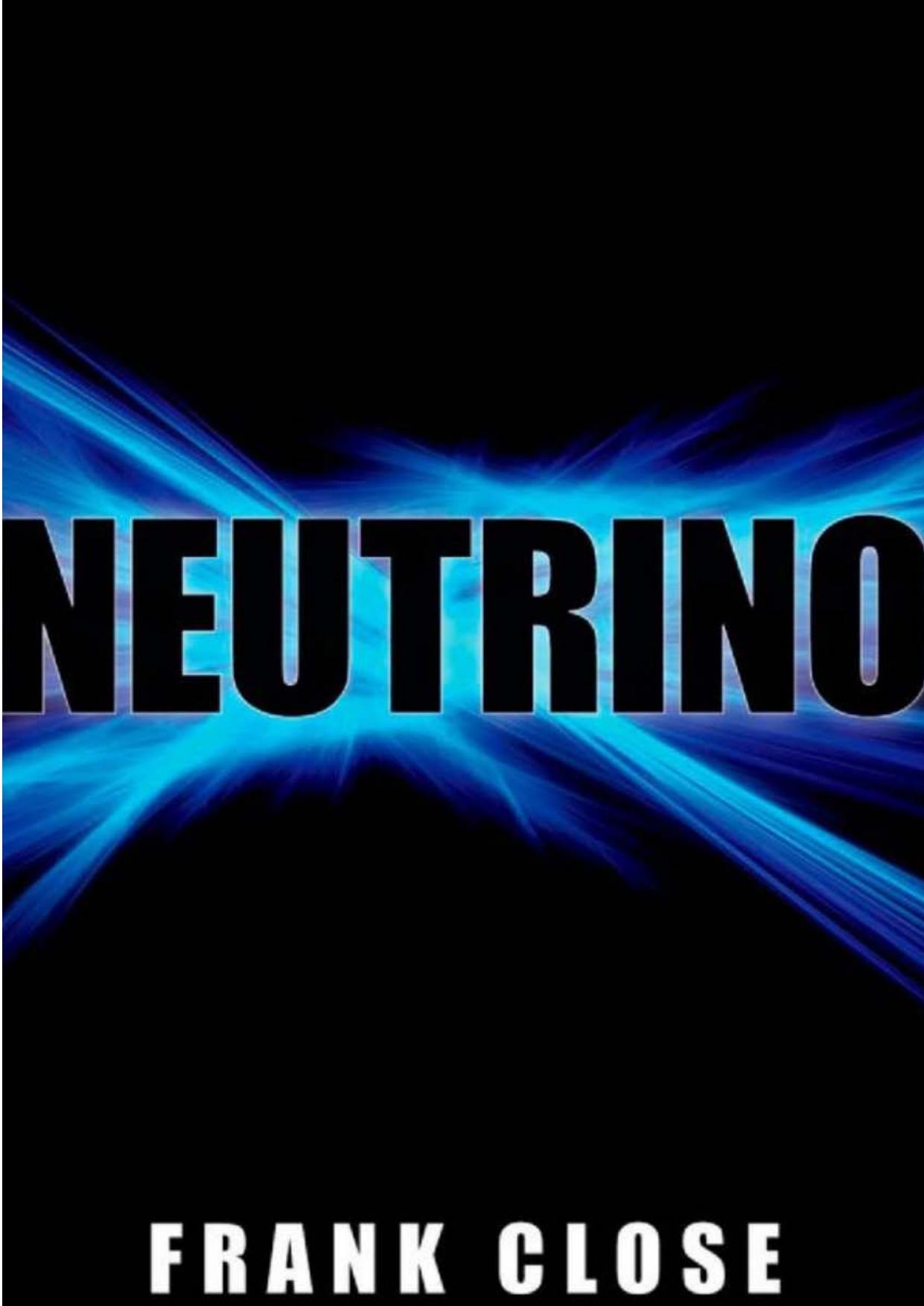Neutrino by Frank Close

Author:Frank Close
Language: eng
Format: mobi, epub, pdf
Published: 2010-10-09T02:12:00+00:00
Figure 6 Neutrinos produced in the decay of pions and moons. (a) A pion decays into a muon and a single neutrino. (b) When a muon (denoted it) decays into an electron, two neutrinos are required (actually a neutrino - v - and an antineutrino - v)
Jack Steinberger
Jack Steinberger was born in Bad Kissingen (Franconia) in 1921. His father, Ludwig, was one of eight30 children of a rural cattle dealer, who was religious teacher for the little Jewish community. His mother had the benefit of a college education, which was unusual for the time, and she supplemented the meagre income by giving English and French lessons, mostly to the tourists who provided the economy of the spa; Germany was living through the post-war depression.
After the Nazis had taken power, American Jewish charities offered to find homes for 300 German refugee children. Steinberger's father successfully applied on behalf of Jack and his elder brother. They arrived in New York at Christmas 1934. The owner of a grain brokerage house on the Chicago Board of Trade took Jack into his house, parented his high-school education, and also made it possible for Jack's parents and younger brother to come in 1938 and escape the Holocaust.
He studied chemical engineering for two years at the Armour Institute of Technology (now the Illinois Institute of Technology), but these were the hard times of the depression, and his scholarship came to an end. It was necessary to work to supplement the family income, which meant that he could only study chemistry at the University of Chicago in the evenings. The following year, with the help of a scholarship from the University, he was again able to attend day classes, and in 1942 finished an undergraduate degree in chemistry.
War having begun, he joined the army, where he experienced his first intense introduction to physics. After a few months studying electromagnetic wave theory in a special course given for army personnel at the University of Chicago, he was sent to the MIT radiation laboratory. The radiation laboratory was engaged in the development of radar bomb sights; he was assigned to the antenna group. His two years there offered him the opportunity to take some basic courses in physics.
After the Japanese surrender, he continued his studies at the University of Chicago. Here he was inspired by the courses of Enrico Fermi, which he recalled were `gems of simplicity and clarity'. Fellow students included future Nobel Laureates C N Yang and T D Lee, as well as a roll-call of other physicists who made remarkable contributions to the field. `There was a marvellous collaboration, and I feel I learned as much from [them] as from the professors', Steinberger recalled at his own Nobel address.
He wanted to do a thesis in theoretical physics, and Fermi took him on. This was during the interregnum where the pion had been predicted but not yet found; the muon had been found, but not predicted; and the belief that the muon was in fact the pion was beginning to fall apart.
Download
This site does not store any files on its server. We only index and link to content provided by other sites. Please contact the content providers to delete copyright contents if any and email us, we'll remove relevant links or contents immediately.
| Atomic & Nuclear Physics | Particle Physics |
The Complete Stick Figure Physics Tutorials by Allen Sarah(7310)
Secrets of Antigravity Propulsion: Tesla, UFOs, and Classified Aerospace Technology by Ph.D. Paul A. Laviolette(5311)
Thing Explainer by Randall Munroe(3877)
The River of Consciousness by Oliver Sacks(3543)
The Order of Time by Carlo Rovelli(3145)
How To by Randall Munroe(3038)
A Brief History of Time by Stephen Hawking(2962)
I Live in the Future & Here's How It Works by Nick Bilton(2938)
The Great Unknown by Marcus du Sautoy(2648)
What If?: Serious Scientific Answers to Absurd Hypothetical Questions by Randall Munroe(2637)
Midnight in Chernobyl by Adam Higginbotham(2483)
Blockchain: Ultimate Step By Step Guide To Understanding Blockchain Technology, Bitcoin Creation, and the future of Money (Novice to Expert) by Keizer Söze(2450)
Networks: An Introduction by Newman Mark(2360)
The Meaning of it All by Richard Feynman(2300)
Easy Electronics by Charles Platt(2282)
The Tao of Physics by Fritjof Capra(2231)
Midnight in Chernobyl: The Untold Story of the World's Greatest Nuclear Disaster by Adam Higginbotham(2177)
When by Daniel H Pink(2084)
Introducing Relativity by Bruce Bassett(2080)
